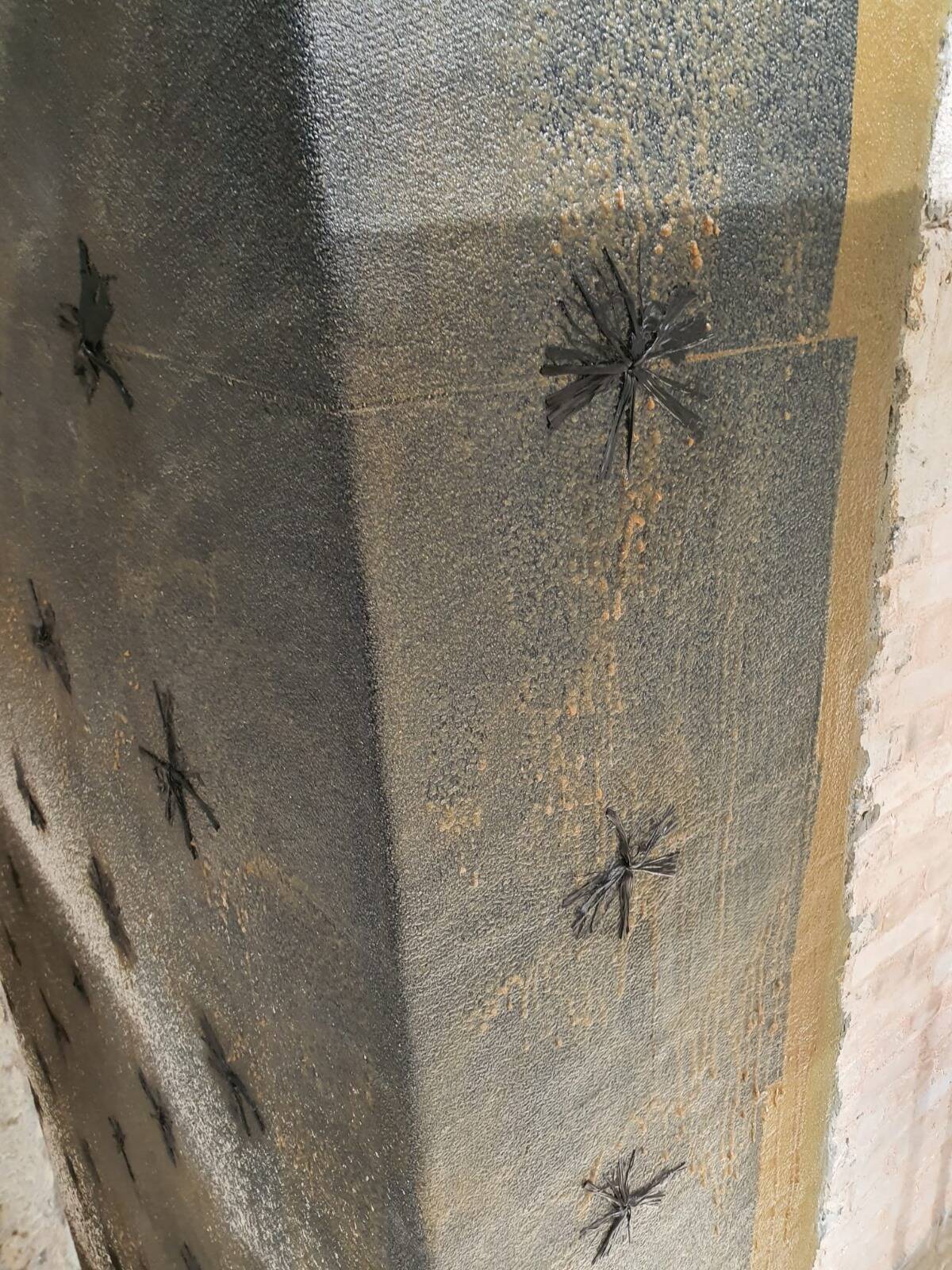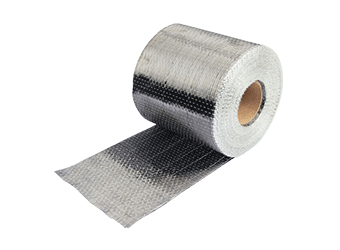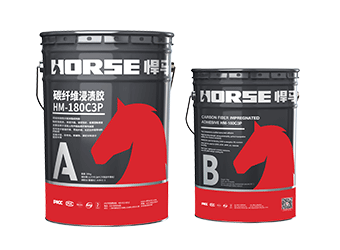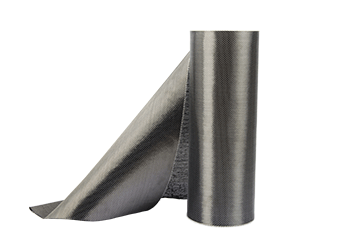Çözümler
Horse Construction, teknik destekler, dokümantasyon destekleri, ürün destekleri, yazılım destekleri, proje destekleri ile tam bir yapısal güçlendirme malzemesi yelpazesi sunar.
Carbon Fiber Anchor

To test the tensile strength of a carbon fiber anchor, you can follow these general steps:
Prepare the setup: Set up a testing apparatus capable of applying axial tension to the carbon fiber anchor. This typically involves using a mechanical testing machine, such as a universal testing machine (UTM), equipped with appropriate grips or fixtures to securely hold the anchor.
Sample preparation: Cut a representative sample of the carbon fiber anchor to a specific length. The length of the sample will depend on the requirements of the testing standards or specifications you are following.
Mount the sample: Securely attach the ends of the carbon fiber anchor sample to the grips or fixtures of the testing machine. Ensure that the sample is aligned properly and that the grips provide a firm hold without damaging the material.
Zero the machine: Calibrate the testing machine by setting the zero point or initial reference position. This step ensures accurate measurement of the applied force during the test.
Perform the test: Start the testing machine and gradually apply tension to the carbon fiber anchor sample at a controlled rate. The rate of loading should typically follow the guidelines set by relevant standards or specifications.
Monitor and record data: As the testing machine applies tension to the sample, it will measure the force applied and the corresponding elongation or displacement. Monitor the measurements during the test and record the data accurately.
Determine the tensile strength: The tensile strength of the carbon fiber anchor is typically defined as the maximum force it can withstand before failure. Once the sample breaks, note the maximum force applied during the test.
Calculate the tensile strength: Divide the maximum force applied by the original cross-sectional area of the carbon fiber anchor sample to obtain the tensile strength. The cross-sectional area can be determined by measuring the dimensions of the sample using appropriate tools.
Report the results: Document the obtained tensile strength along with any other relevant observations or test conditions. Ensure that the report includes information about the testing standards or specifications followed, as well as any specific requirements or limitations.
Burada ihtiyacınız olan her şeyi bulabilirsiniz. Bu ürünleri denemeye güvenin, sonra büyük bir fark göreceksiniz.

Horse Construction'ın karbon fiberi, binalar, köprüler, otoyollar, demiryolları, tüneller, iskeleler ve sivil havaalanlarındaki beton, duvarcılık, çelik ve ahşap alt tabakaların yapısal güçlendirilmesi, onarımı ve yenilenmesi içindir.

Düşük viskoziteli, iyi emdirme, belirli tiksotropik özelliğe sahip, takviyeli bileşen yüzeyi ve elyaf ürünlerinin emdirilmesi ve yapıştırılması için kullanılır. Horse karbon fiber yapıştırıcısının görevi, elyaf ürünlerine tamamen batırılması ve elyaf ürünl

Horse Construction'ın karbon fiberi, binalar, köprüler, otoyollar, demiryolları, tüneller, iskeleler ve sivil havaalanlarındaki beton, duvarcılık, çelik ve ahşap alt tabakaların yapısal güçlendirilmesi, onarımı ve yenilenmesi içindir.